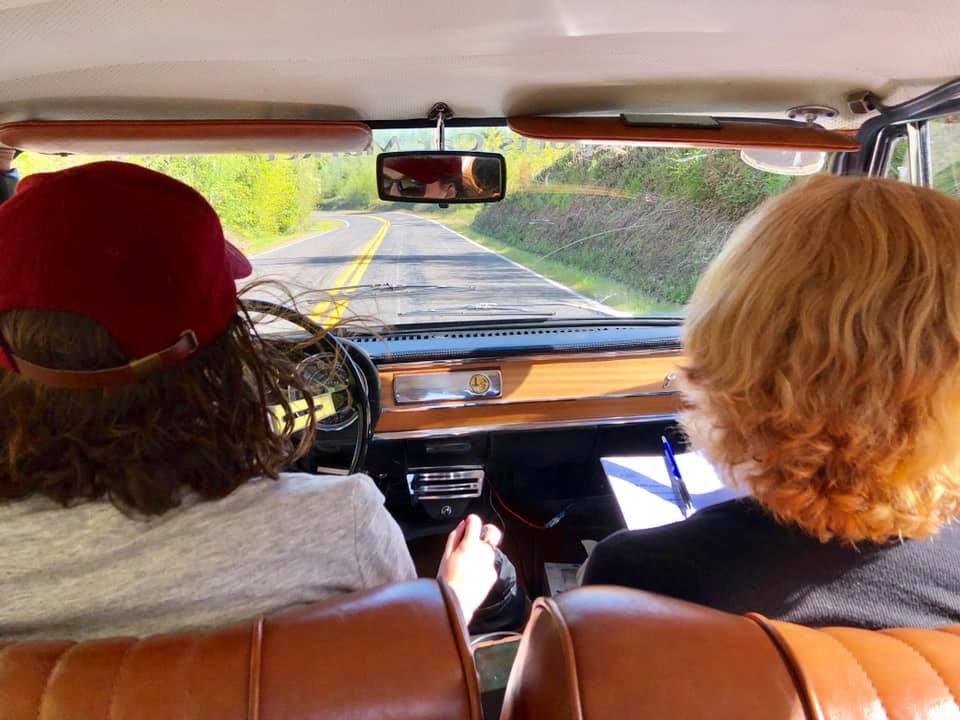
Last Saturday my daughter Alexandra and her mother Cindy Banzer took the SCM 1967 Giulia Super on an Alfa Romeo Owners of Oregon tour. It was a 112-mile dash from Portland to Astoria on the Oregon coast and back.
This was the 41st running of The Old Spider Tour, celebrating the founder of the club, Bob McGill, and the sky-blue 1958 Giulietta Spider Normale he bought new.
Neil d’Autremont, owner of Sidedraught City and official car herder for SCM, organized the event. Sidedraught City specializes in paint restoration and detailing for special cars, and it is the only retail outlet for Griot’s Garage products in Portland.
A total of 37 cars and 58 people showed for the tour, triple the normal number of cars. While I was unable to attend as I am still in the process of recovering from my stroke, SCM provided window stickers and commemorative wine glasses for the tour.
A highlight was the Sidedraught Challenge gymkhana, where in a parking lot, the passenger had to put a tennis ball on several tall traffic cones without having the car come to a complete halt. Drivers and navigators engaged in excited conversation as tennis balls went bouncing off into the underbrush.
Alex reported that the Super ran flawlessly. Cindy, who has a 1978 Spider, said she enjoyed the horsepower from the Dan Summer’s pro-built two-liter engine in the Super. Cindy is the president of the national Alfa Romeo Owners Club USA.
Alex’s friend Ross Meinhart enjoyed the spacious back seat.
It Takes Patience
I thought about just how much work has gone into the Super to make it an “on-the-button” 52-year-old sports car that can be started and driven on tours with no muss or fuss. We’ve owned it for six years.
Alex took the car on a road trip to Eureka, CA, when we first got it. A split heater hose caused a loss of coolant. The 1,750-cc engine in the car overheated and caused the head gasket to blow. She limped home to Portland, trailing white smoke all the way. For some reason, the starter motor also failed, and Alex and her two girlfriends perfected the art of push-starting the car and dropping the clutch to get it going again.
We had a rebuilt 2-liter engine installed. Since then, we’ve have local-guru Nasko at Nasko’s Imports rebuild the suspension, swap out the rear end, trouble shoot the electrics — and more.
It’s been a long process of noting problems, making a list, sending the car to Nasko, shortening the list, driving the cars — and then back to Nasko until there is nothing else on the list. It is only through use that these problems become apparent, so it becomes a time-consuming process.
But once you fix an old car properly, they tend to stay fixed. There are no modern electronics to send error codes or fail — and then leave you stranded. If a modern car dies, there is very little chance that you could start it by pushing it and popping the clutch.
To maximize your “pleasure in use” with an old car, you have to go through a teething process where you make sure all the mechanicals and electrics are in good order.
Once you do, you’ll have the satisfaction of knowing that any time you wish, you can go into the garage, fire up your vintage car and head out for the open road.
Seeing pictures of Alex and her mom enjoying the Super made all the trouble and aggravation worthwhile to me.
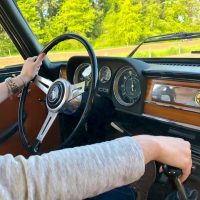
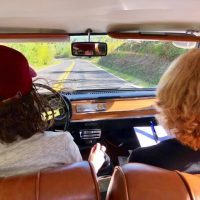
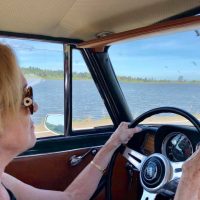
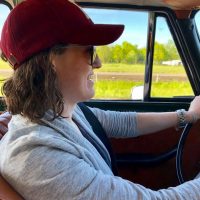
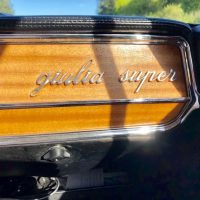
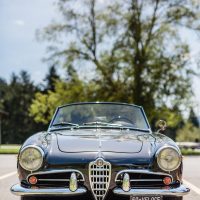
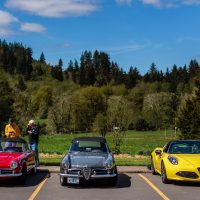

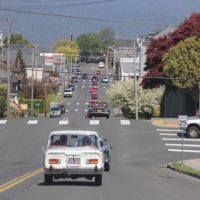
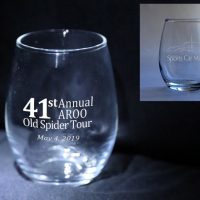
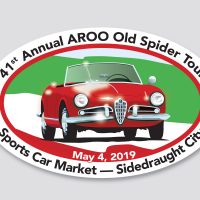
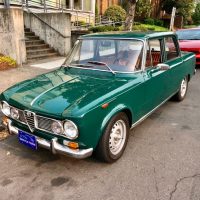
Yes, the teething problems….
It’s always a chuckle to see just restored cars with 100 or 200 miles listed as ready to go….. just the beginning of …teething problems.